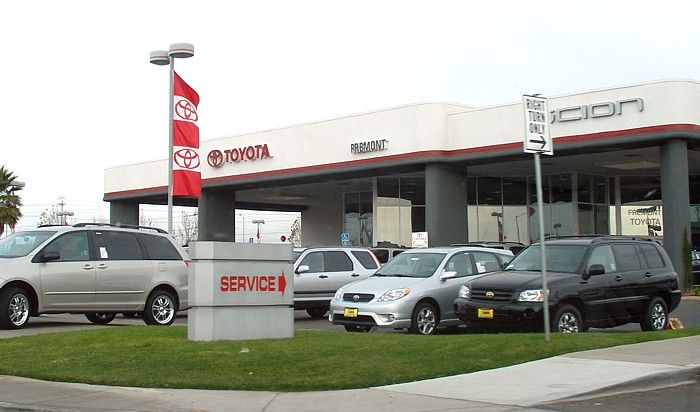The iconic ad line for Clairol hair coloring appears, according to R. L. Polk & Co., to be applicable to your car, as well.
The median age of an automobile on the road in the United States last year was 9.2 years, which is the same as it was in 2006. The median age of a light truck was 7.1 years.
“We continue to see increasing vehicle durability across all vehicle types,” according to Dave Goebel, a consultant with the Polk Aftermarket Solutions team. Polk analyzes data on more than 248 million vehicles to arrive at the figures.
Despite some news reports which have reflected this as the “average” age of a vehicle, it’s not. “Median” means that half of the fleet is older than 9.2 years, and half newer. Though Polk does not report average age figures, a study by the National Automobile Dealer’s Association in 2001 showed that about 38% of U.S. vehicles were over ten years old, compared to about 25% which were three to six years old, and only 13.5% that were less than two years old. Because the median age of the fleet has been increasing since then, it’s reasonable to assume that the average vehicle
To get a sense of how dramatically the fleet age has changed over the years, consider data from previous decades. In 1990, the median vehicle age was 6.5 years, in 1969 it was 5.1 years.
Polk attributes the increase in median age at least partly to an overall improvement in the quality of automobiles, making it practical to keep a car for a longer time. There may be other factors, of course. Longer-term leases and car loans may be encouraging some owners to buy less frequently. Longer and more comprehensive new car warranties may also be making driving an older car less financially risky.
The primary factor driving these statistics is, of course, the consumer. Auto manufacturers have been building better cars because consumers demand them, and buy the ones believed to be most reliable. Manufacturers have been forced to respond.
Indeed, the trend toward an older vehicle fleet seems likely to continue as domestic manufacturers redefine the term “lifetime.” In the past several years, both Ford and General Motors have abandoned 100,000 miles as the design “lifetime” for components. Domestic manufacturers have also substantially expanded warranty coverage of new vehicles.

